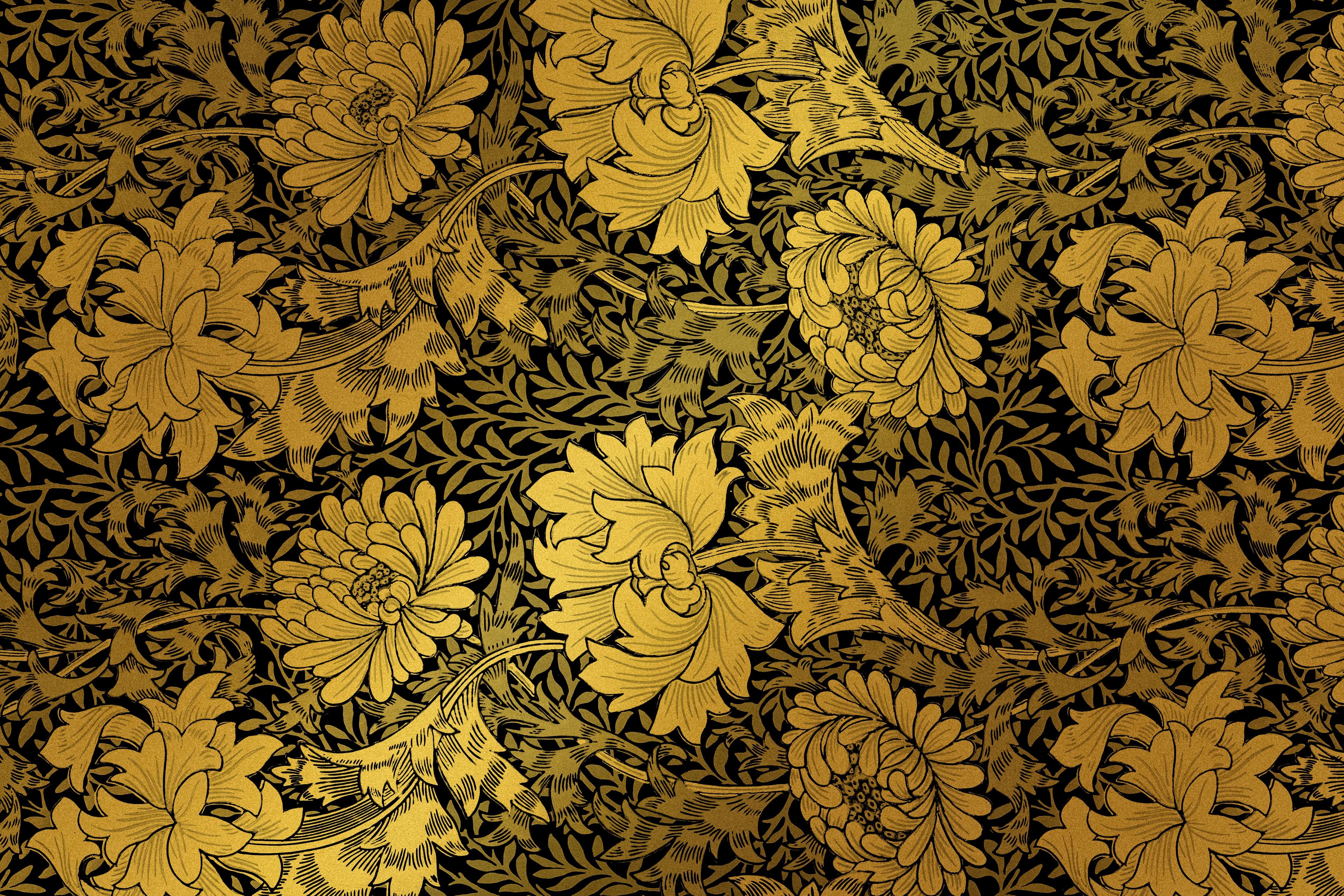
A Touch of Tradition: Exploring Malaysia’s Rich Handicraft Culture
Malaysia’s vibrant heritage goes far beyond its cuisine, architecture, and landscapes. Tucked away in kampungs, boutique studios, and cultural villages is a quieter—but equally stunning form of artistic expression: traditional Malaysian handicrafts.
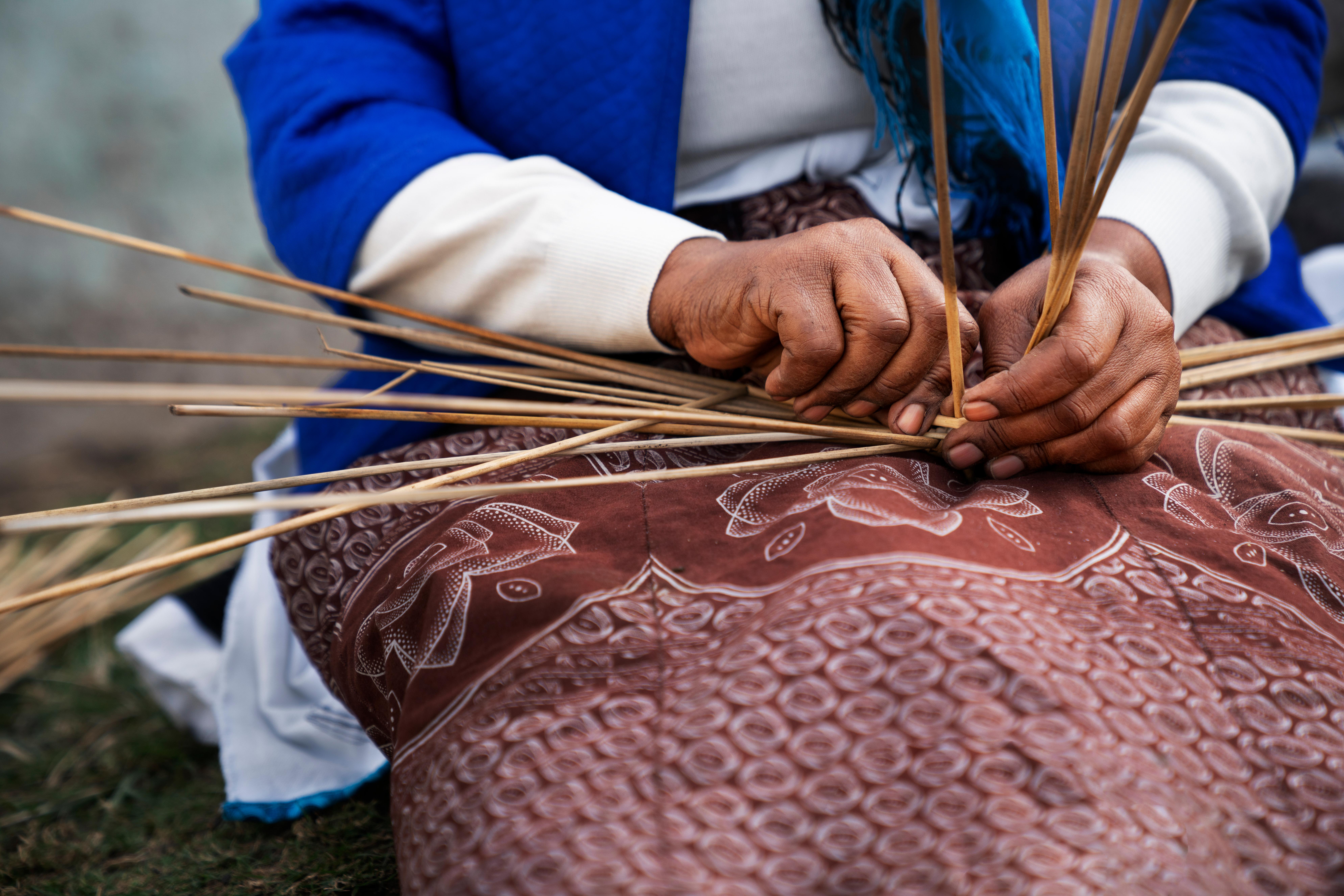
Preview
From the rhythmic stamping of batik motifs to the intricate threads of songket weaving, these time-honoured crafts represent generations of Malay artists who have preserved their skills against the backdrop of modernisation.
Whether you’re a traveller seeking meaningful souvenirs or a culture enthusiast eager to learn the stories behind Malaysia’s handmade treasures, this blog will take you through the country’s most iconic handicrafts—and where you can see them in action.
Why Malaysian Handicrafts Matter
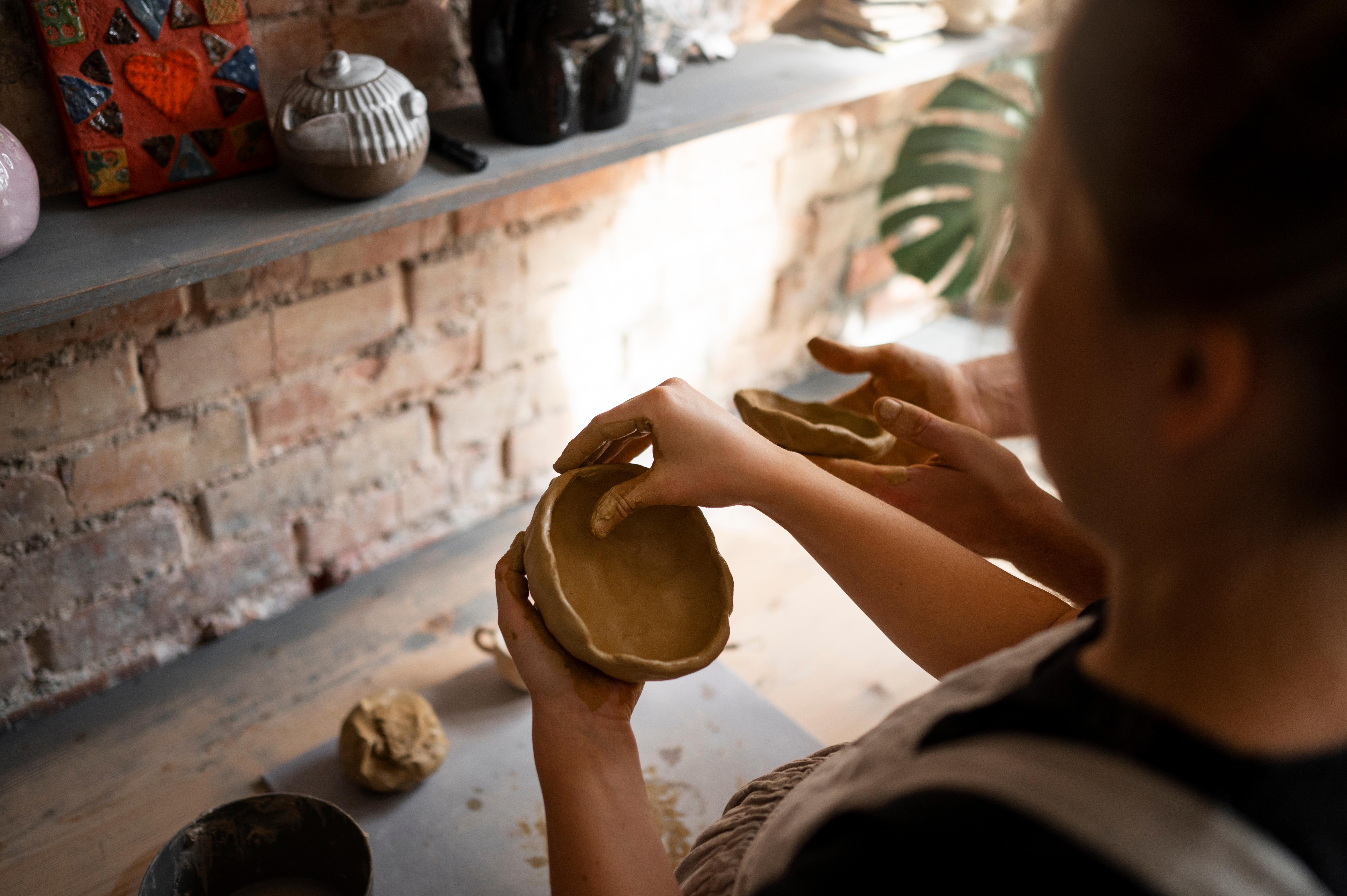
Preview
In Malaysia, handicrafts aren’t just pretty objects—they are living pieces of heritage. Many techniques are passed down through family lines, especially in rural villages or state-run craft centres. Each craft reflects:
- Cultural identity (Malay, Chinese, Indian, and Indigenous influences)
- Regional materials and motifs
- Symbolism and spiritual significance
With the rise of mass production, traditional artists play a crucial role in preserving cultural traditions, often blending ancient techniques with modern aesthetics to remain relevant.
1. Batik – Malaysia’s Wearable Canvas
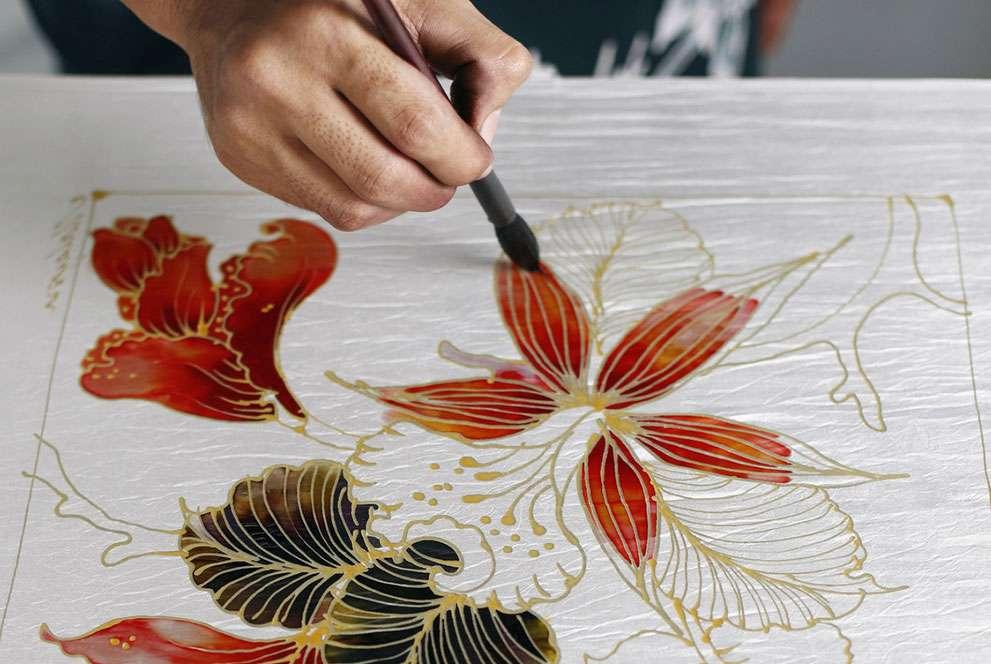
Preview
Where to find it: Kelantan, Terengganu, Kuala Lumpur
Batik is one of the most recognisable forms of Malaysian handicrafts. Created by applying wax and dye to fabric in intricate patterns, batik designs range from floral and geometric motifs to modern abstract interpretations.
Fun Fact:
Unlike Indonesian batik, which relies on copper stamps, Malaysian batik often features freehand drawing techniques known as “canting.”
Where to See or Try:
- Batik Boutique (Kuala Lumpur): Offers DIY workshops for visitors
- Pantai Cahaya Bulan (Kelantan): Traditional batik artisans at work
- Lumut Batik Factory (Perak): Great for factory-to-shop experiences
What to Buy: Batik sarongs, shirts, scarves, or framed art panels
2. Songket Weaving – The Royal Thread of the Malays
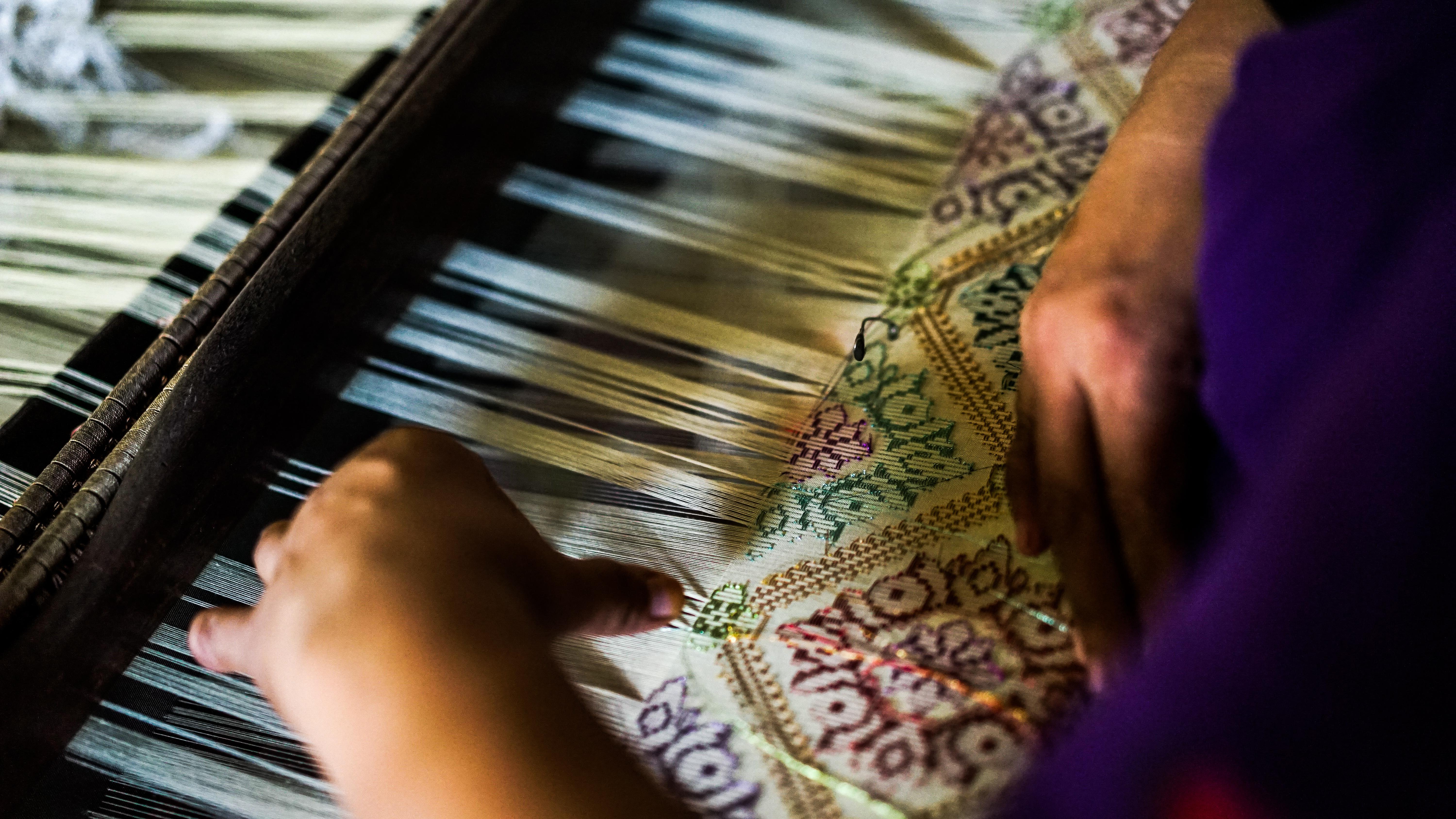
Preview
Where to find it: Terengganu, Kelantan
Songket is a handwoven brocade textile, often associated with nobility due to its shimmering gold or silver threads. It’s traditionally worn during weddings, festivals, or royal ceremonies.
Technique:
- Woven on a traditional kek loom
- Metallic threads are woven into the base fabric in elaborate patterns, often representing Malay folklore or nature.
Cultural Significance:
- Once exclusive to Malay royalty, it now represents prestige and artistry.
- Recognised by UNESCO as a cultural treasure
Where to Experience:
- Museum of Royal Terengganu Songket
- Kraf Komuniti in Kuala Terengganu
- Pusat Kraftangan Kelantan
What to Buy: Songket wallets, clutch bags, table runners, or framed textile art
3. Rattan and Bamboo Craft – Natural Artistry
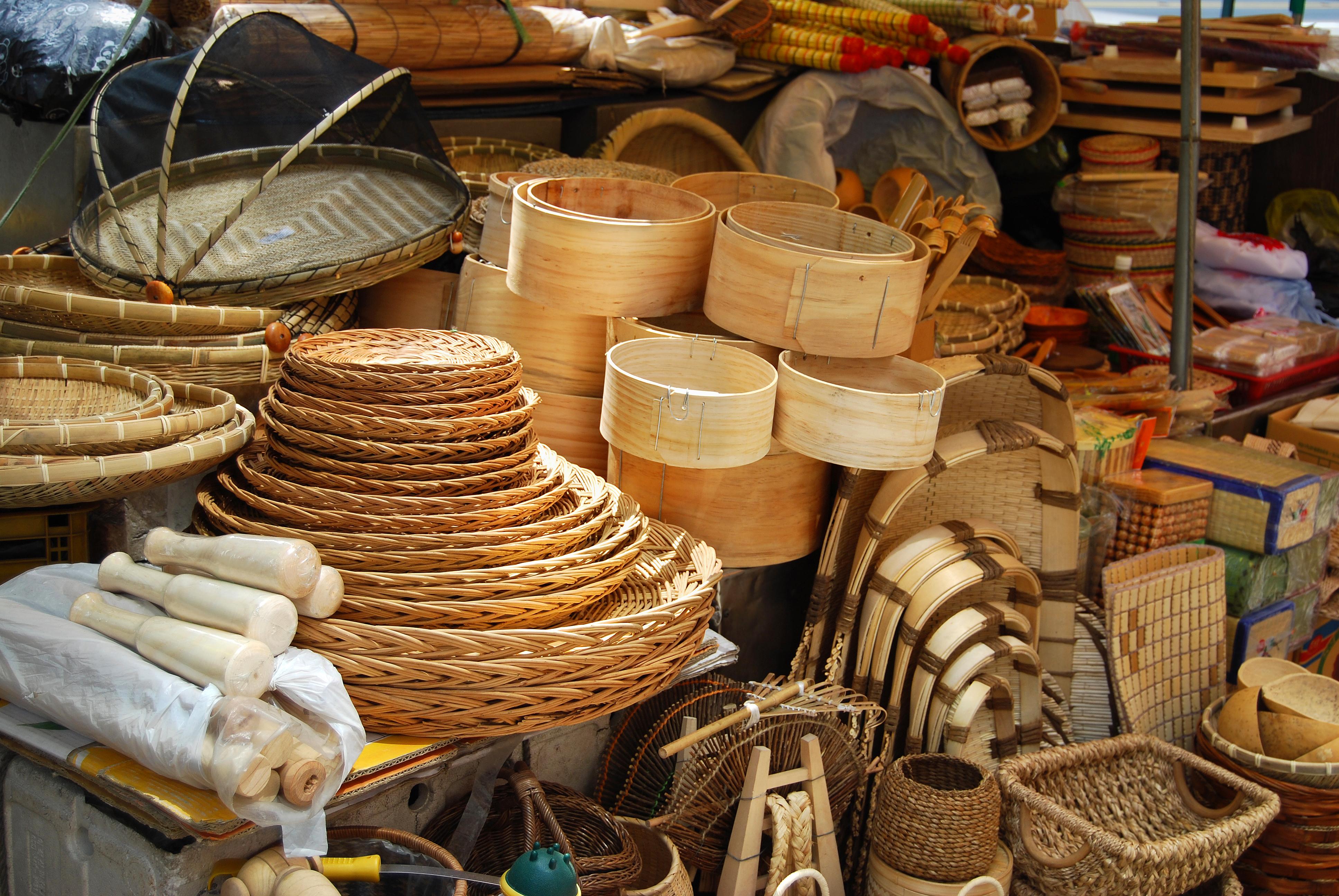
Preview
Where to find it: Sabah, Sarawak, Peninsular village cooperatives
Malaysia’s tropical rainforests provide a bounty of materials, especially rattan and bamboo. These plants are used to make everything from furniture and baskets to jewellery and home décor.
Why It’s Special:
- Strong yet lightweight
- Eco-friendly and sustainable
- Hand-woven by Orang Asli (Indigenous) and Malay artisans
Craft Forms:
- Bakul Sia: Rattan baskets used in weddings and festivals
- Woven mats (tikar): Used in prayer and seating
- Decorative panels: Popular in modern bohemian home decor
Where to Buy:
- Anak Borneo Crafts (Sarawak)
- Orang Asli Craft Collectives (Perak & Pahang)
- Kuala Lumpur Craft Complex (Tourist-friendly with artist demos)
What to Buy: Picnic baskets, rattan trays, lamp shades, or pen holders
4. Kelantan-style Wood Carving – Stories in Timber
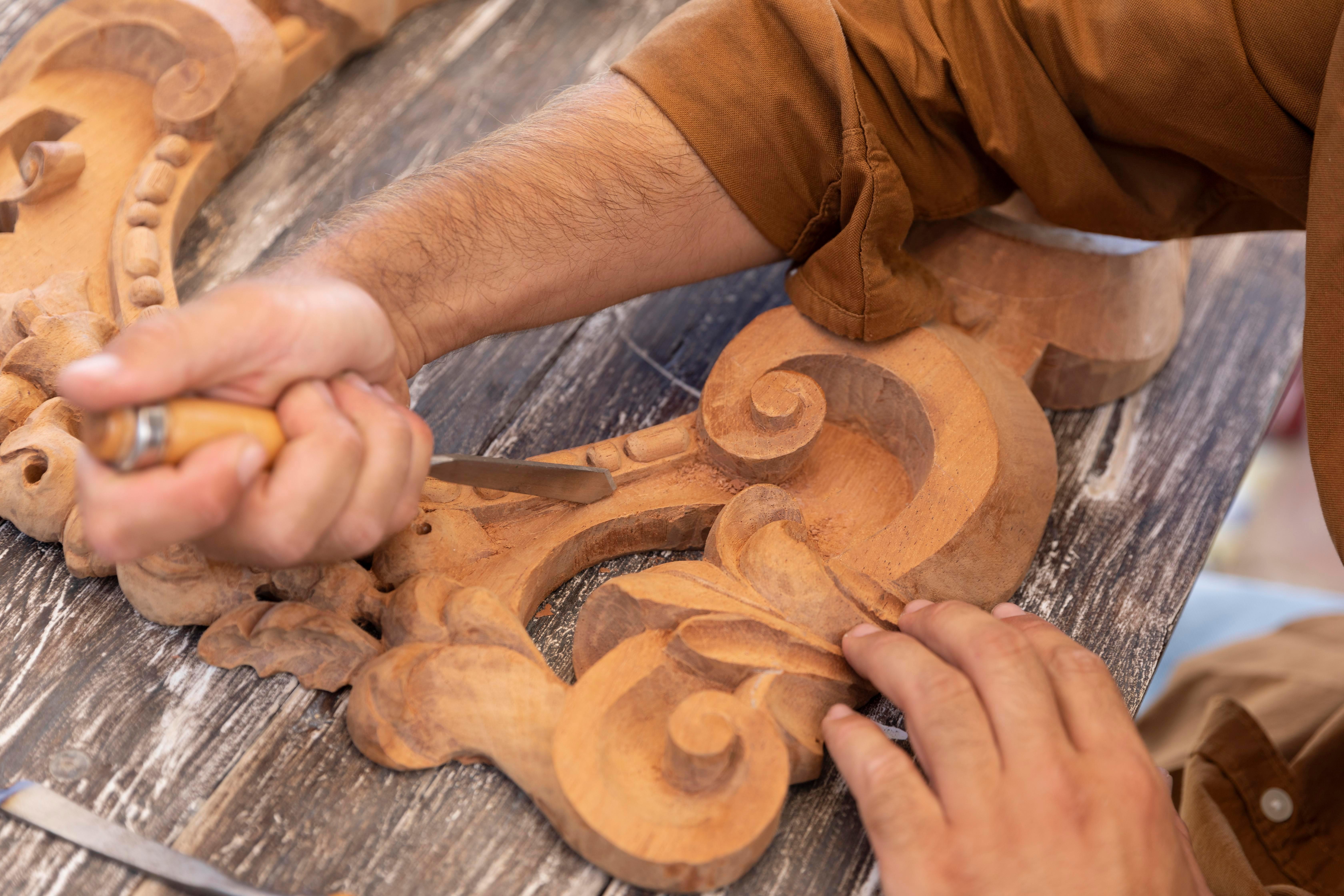
Preview
Where to find it: Kelantan, Terengganu
Malaysian wood carving, particularly from Kelantan, is renowned for its profound spiritual and symbolic meanings. Traditional carvings often feature floral or calligraphic Islamic patterns, carved into door panels, mosques, furniture, and ceremonial tools.
Traditional Motifs:
- Awan Larat: Repeating cloud patterns
- Daun Sirih: Betel leaf design
- Calligraphic Arabic inscriptions
Where to See:
- Balai Seni (Kota Bharu): A treasure trove of wood carving masterpieces
- Istana Jahar Museum: For royal Malay architecture
- Wood carving workshops near Pasir Mas, Kelantan
What to Buy: Hand-carved bookmarks, photo frames, or decorative panels
5. Pewter Craft – Malaysia’s Modern Metalwork
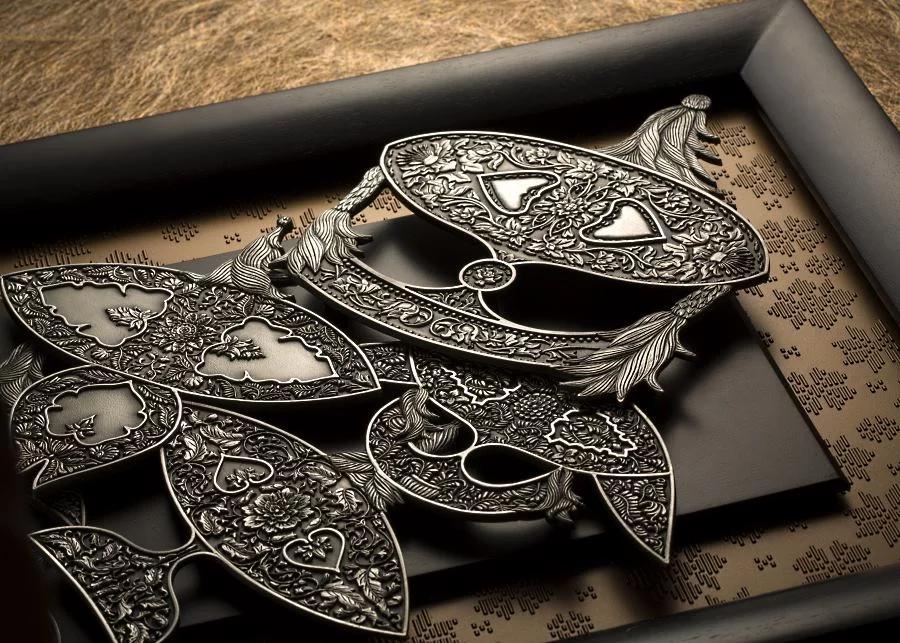
Preview
Where to find it: Kuala Lumpur (mainly)
Malaysia’s pewter industry is internationally acclaimed, led by brands such as Royal Selangor, which has transformed metal crafting into an art form.
What is Pewter?
A silver-grey alloy made mainly from tin, mixed with copper and antimony. Malaysia was once the world’s largest tin producer, and pewter was a natural progression of this heritage.
Where to Experience:
- Royal Selangor Visitor Centre (Kuala Lumpur): Factory tour + hands-on pewter crafting
- Central Market KL: Boutique stalls with artisan pewter jewellery and homeware
What to Buy: Pewter mugs, jewellery, tea sets, keychains, or trophies
Other Handicrafts Worth Exploring
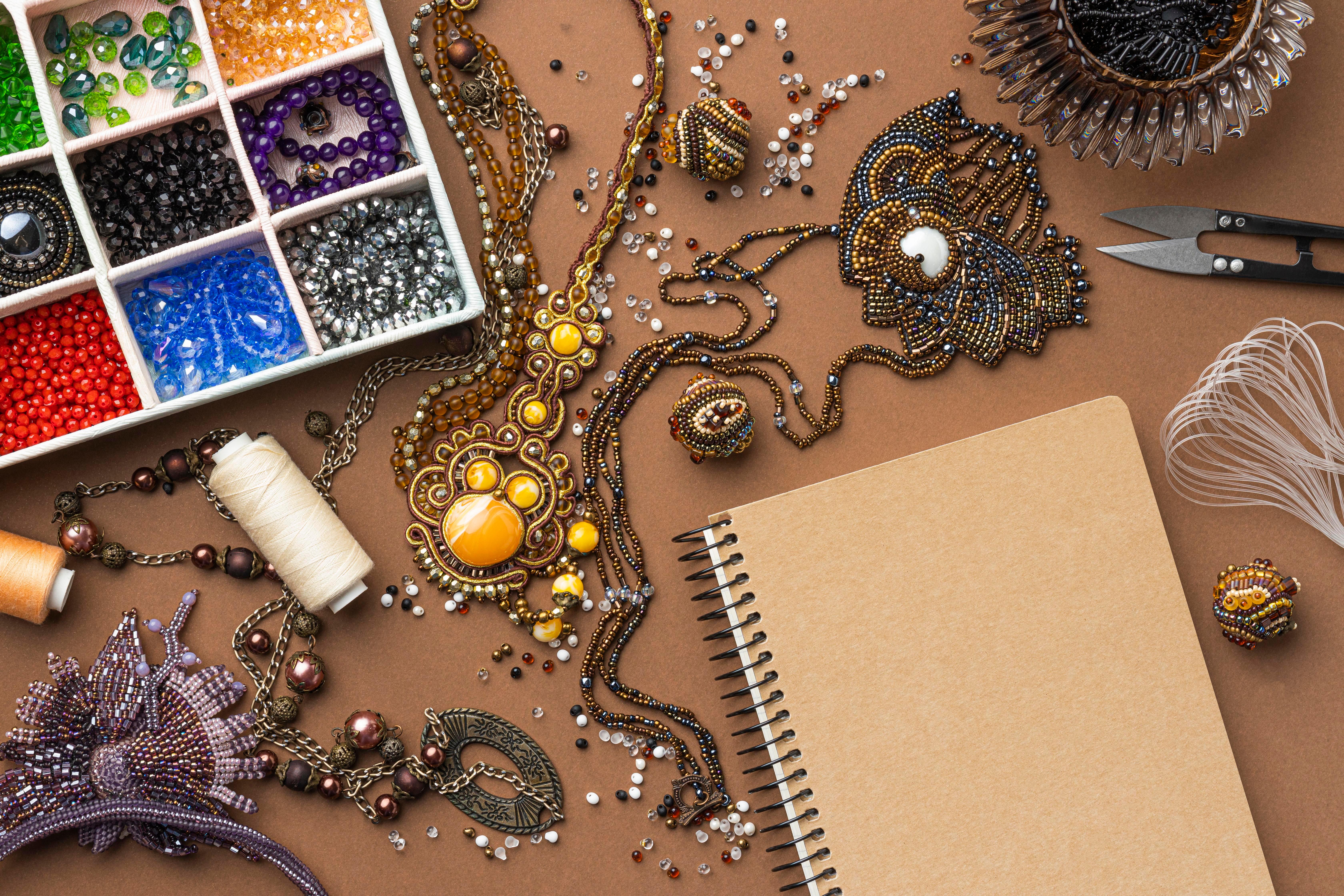
Preview
- Beaded Accessories (Sabah & Sarawak): Indigenous beadwork from the Kadazan-Dusun and Iban tribes
- Wau (Traditional Kites): Colourful, crescent-shaped kites, especially from Kelantan
- Pottery (Perak & Sabah): Labu Sayong (Perak) and Bajau earthenware
- Silat Costumes & Ceremonial Daggers (Kris): Symbolic items representing bravery and culture
How to Experience Handicrafts While Travelling
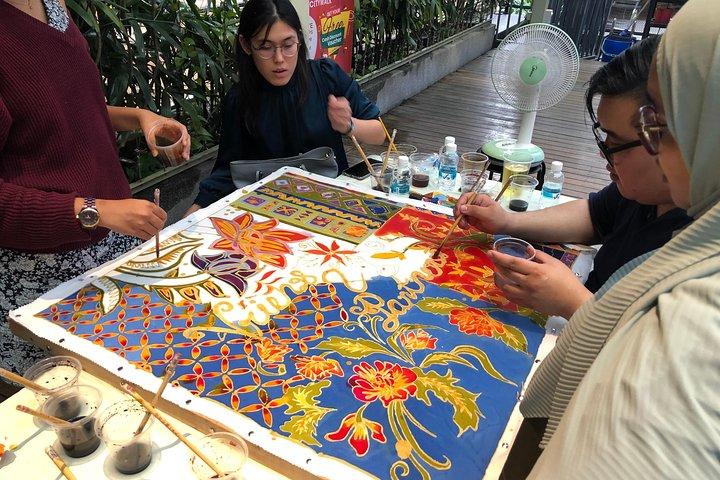
Preview
Malaysia offers interactive experiences for curious travellers:
Join a Workshop
- Batik Painting in Penang
- Rattan Weaving in Sabah
- Pewter Crafting in KL
- Beading in Sarawak Cultural Village
Shop Ethical & Local
Support cooperatives, museum stores, and verified artisan vendors—not just mass-market souvenir shops.
Final Thoughts: Handmade Heritage in Every Thread
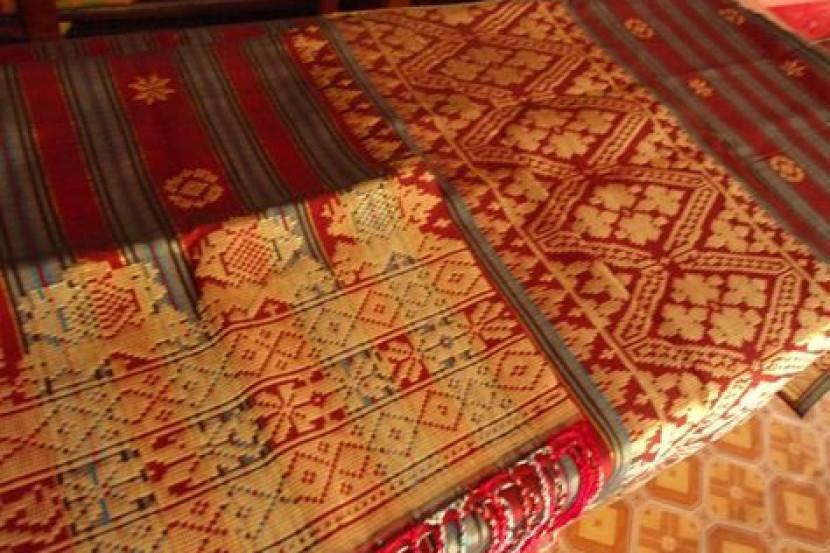
Preview
In a world of fast fashion and factory-made décor, Malaysia’s handicrafts offer something deeply personal—a story, a soul, and a connection to generations of Malay artists and makers.
Whether you bring home a hand-dyed batik scarf or a tiny carved trinket, you’re not just buying a souvenir. You’re carrying culture.
Want to explore Malaysian crafts up close?
Browse Cultural Tours in Malaysia by LAGO Travel and explore artisan workshops, hidden craft villages, and hands-on creative escapes at your own pace and on your own time.
